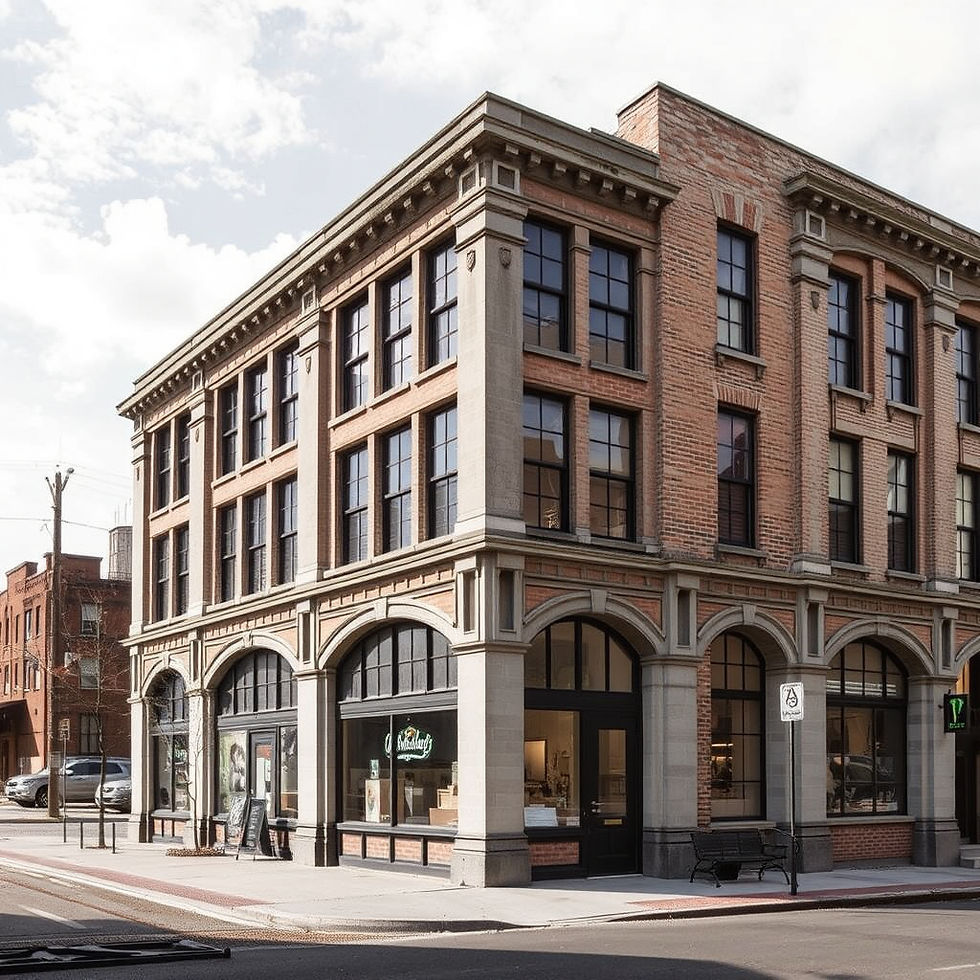How Does 3D Visualisation Work for my Project?
- Phase Zero
- Dec 8, 2023
- 3 min read
Updated: Oct 11
In modern architecture and interior design, 3D visualisation has become an essential tool for planning, presenting, and executing projects. It allows clients, architects, and contractors to see a realistic representation of a space before construction begins, ensuring better decisions and minimizing costly errors.
But how exactly does 3D visualisation work, and what benefits can it bring to your project?
1. What Is 3D Visualisation?
3D visualisation is the process of creating three-dimensional digital models of buildings, interiors, or landscapes. Using specialized software, designers can render realistic images or even interactive walkthroughs that simulate materials, lighting, textures, and spatial arrangements.
It bridges the gap between conceptual drawings and the finished built environment, helping stakeholders understand how the project will look and function.
2. The 3D Visualisation Process
A. Concept and Design Input
The process begins with architectural plans, sketches, or CAD drawings.
Designers discuss project goals, materials, finishes, and style preferences.
B. 3D Modelling
A digital 3D model is created, representing the geometry and structure of the space.
Walls, floors, furniture, fixtures, and landscaping are added for context.
C. Texturing and Materials
Materials such as wood, stone, paint, glass, and metal are applied to surfaces.
Realistic textures, patterns, and finishes give the model a true-to-life appearance.
D. Lighting and Environment
Natural and artificial light sources are simulated, including sunlight, shadows, and ambient lighting.
Environment settings such as outdoor scenery, sky, or surrounding buildings can be included.
E. Rendering
The model is processed using rendering software to create high-resolution images or animations.
Advanced rendering produces photorealistic visuals that showcase reflections, textures, and lighting effects.
F. Review and Iteration
Clients can review the visuals and request adjustments to layout, materials, or colors.
Revisions are incorporated into updated renders until the design meets expectations.
3. Benefits of 3D Visualisation
A. Improved Design Understanding
Clients can visualize scale, layout, and spatial relationships more clearly than with 2D plans.
Helps prevent misunderstandings or misaligned expectations during construction.
B. Enhanced Decision-Making
Materials, finishes, and furniture can be tested virtually before committing financially.
Allows experimentation with different colors, textures, and styles without physical prototypes.
C. Cost and Time Efficiency
Identifies design issues early in the process, reducing the risk of costly revisions.
Speeds up approvals with visual evidence for planning applications or client presentations.
D. Marketing and Presentation
Realistic renders are invaluable for showcasing projects to investors, buyers, or tenants.
Interactive 3D walkthroughs create an engaging experience for stakeholders.
E. Coordination with Contractors
Builders and tradespeople gain a clear understanding of design intent, minimizing errors and delays.
4. Applications of 3D Visualisation
Architectural Design: Homes, commercial buildings, and public spaces.
Interior Design: Furniture layouts, lighting schemes, and material choices.
Landscape and Urban Planning: Gardens, parks, streetscapes, and masterplans.
Planning Permission and Presentations: Communicate proposals effectively to councils and clients.
5. Types of 3D Visualisation
Still Renders: High-resolution images showcasing specific angles or design features.
3D Animations: Flythrough videos that simulate movement through the space.
Virtual Reality (VR): Immersive experiences allowing clients to walk through designs in real time.
Augmented Reality (AR): Overlay digital models onto the real world for contextual visualization.
Conclusion
3D visualisation is a powerful tool for design, planning, and communication. By transforming 2D drawings into realistic, interactive models, it enables homeowners, architects, and developers to make informed decisions, reduce risks, and bring their vision to life.
Whether for a new build, renovation, or interior redesign, investing in 3D visualisation ensures your project looks and functions exactly as intended before construction begins.



